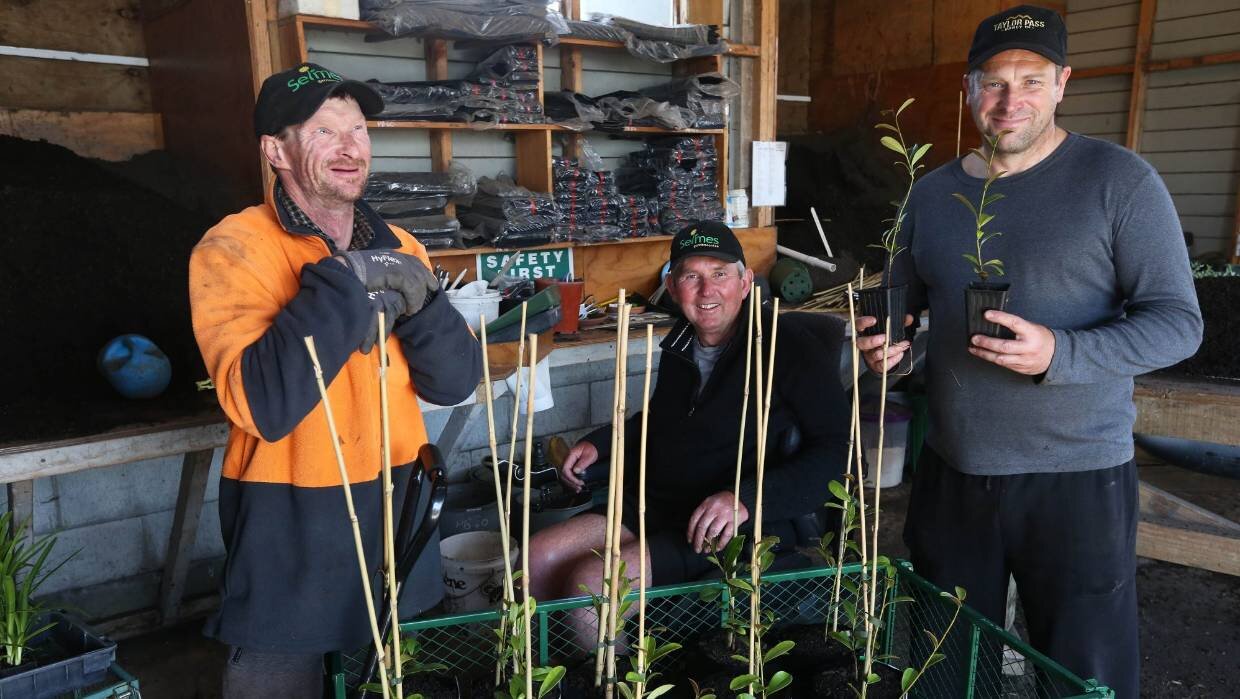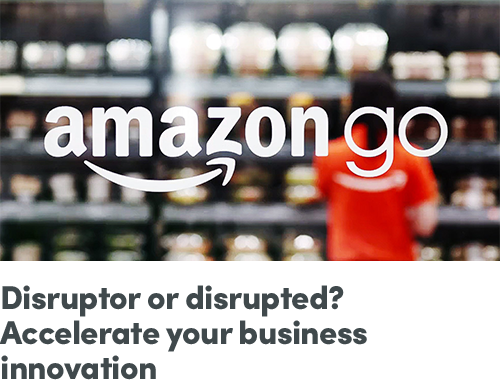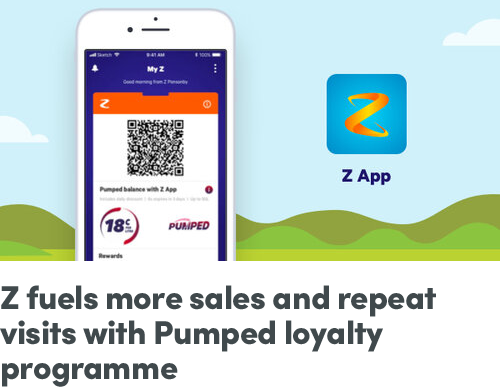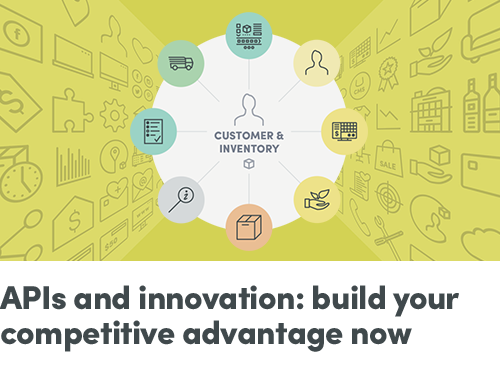Our team will continue to work from home during Alert Level 3 in New Zealand.
Our support and escalation processes remain unchanged. Our team will meet and collaborate with you using video conferencing, phone calls and the usual workplace productivity tools.
We’ll review this decision when Alert Level 3 is re-evaluated on 11 May.
Getting ready for the new normal
We’re committed to doing everything we can to support and help our clients and partners adapt their businesses for this changing environment. Over the past few weeks, we’ve seen a sharp migration to digital channels and a new focus on contactless retail.
To help our clients prepare for possible contact tracing requirements, we’ve developed a new contactless ‘check in’ tool. It’s free to use and lets them track who has visited stores in case this becomes a requirement of the government. Currently available for Australian and New Zealand retailers, data is stored securely in the cloud. Read the blog post or or talk to us for more information.
We’re helping clients boost their ecommerce capability and meet rising demand for contactless fulfilment options like click-and-collect, store-to-door and kerbside pickup. (Here are the top three things for retailers to consider when thinking of introducing or improving a click-and-collect service.)
We’ll continue to keep you updated on our operations as the situation changes and new ways we’re helping retailers accelerate their ability to meet the emerging needs of future customers.
Stay safe, and thank you for your continued support and collaboration.



































